Imagine you’re strolling down the cereal aisle, and your eyes are immediately drawn to boxes that look like they’ve been dipped in liquid sunshine and electric blue dreams. Those vibrant reds, yellows, and greens aren’t just eye candy—they’re chemical concoctions that might be doing more harm than good to your body.
I’ve been diving deep into the world of artificial food colors lately, and what I’ve discovered might make you think twice about that neon-bright sports drink or those rainbow-colored gummy bears. With Robert F. Kennedy Jr.’s proposed food policies putting a spotlight on artificial food colors and their potential dangers, it’s time we had an honest conversation about what’s hiding in our food.
The truth is, these synthetic dyes have been quietly infiltrating our meals for decades, and the science around their safety is more complicated than the food industry wants you to believe. So grab a cup of coffee (preferably one without artificial coloring), and let’s unpack this colorful mystery together.
What Exactly Are Artificial Food Colors?
Before we dive into the risks, let’s get clear on what we’re dealing with. Artificial food colors are synthetic dyes created in laboratories to make our food look more appealing. Unlike natural colorings derived from fruits, vegetables, or spices, these chemical compounds are designed to be vibrant, stable, and cheap to produce.
The most common culprits you’ll find lurking in your pantry include:
- Red Dye 40 (Allura Red AC)
- Yellow Dye 5 (Tartrazine)
- Yellow Dye 6 (Sunset Yellow)
- Blue Dye 1 (Brilliant Blue)
- Blue Dye 2 (Indigotine)
- Green Dye 3 (Fast Green)
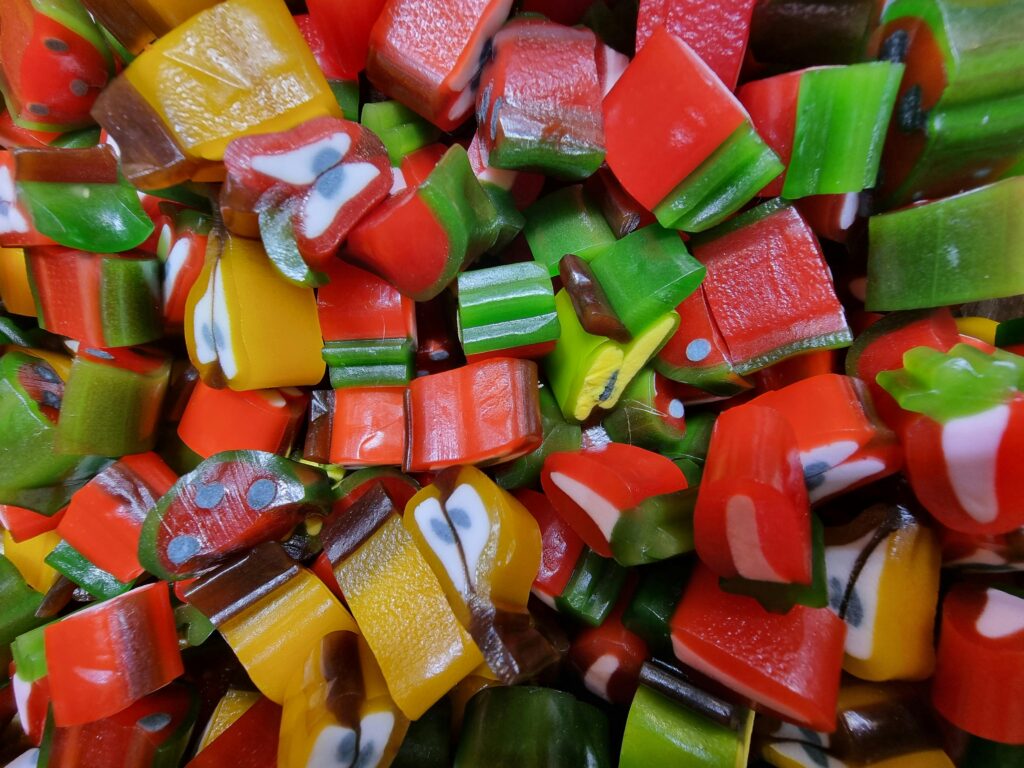
These synthetic colors show up in everything from breakfast cereals and candy to salad dressings and medications. The average American consumes about 5 times more artificial food coloring today than they did in 1955—a statistic that should make anyone pause and think.
The Health Risks: More Than Meets the Eye
The ADHD Connection That’s Got Parents Worried
One of the hottest debated topics around artificial colors and ADHD centers on whether these dyes can trigger hyperactivity in children. I remember talking to a friend whose daughter seemed to transform into a tiny tornado after birthday parties—coincidence? Maybe not.
The Southampton Study, published in The Lancet, found that certain combinations of artificial food colors and the preservative sodium benzoate increased hyperactive behavior in children. While the evidence isn’t definitively conclusive, it’s concerning enough that many European countries require warning labels on products containing these dyes and even ingredients from some food.
Common behavioral symptoms linked to artificial food colors include:
- Increased hyperactivity
- Difficulty concentrating
- Restlessness and fidgeting
- Sleep disturbances
- Mood swings
Cancer Concerns: The Red Flag About Red Dye 40
Here’s where things get unsettling. Some studies have suggested potential links between certain food dyes and cancer risk. Red Dye 40, the most widely used artificial color in the U.S., has been shown to cause tumors in mice during laboratory testing.
Now, before you panic and throw out everything in your pantry, it’s important to note that the doses used in these studies were much higher than typical human consumption. However, the cumulative effect of consuming multiple artificial dyes over a lifetime remains largely unstudied, and that’s what keeps me up at night.
Allergic Reactions and Food Sensitivities
Artificial colors and allergies go hand in hand more often than you’d think. Yellow Dye 5 (Tartrazine) is particularly notorious for causing allergic reactions, including:
- Hives and skin rashes
- Asthma symptoms
- Nasal congestion
- Headaches and migraines, and sometimes forgetfulness
If you’ve ever wondered why you feel off after eating certain brightly colored foods, this might be your answer.
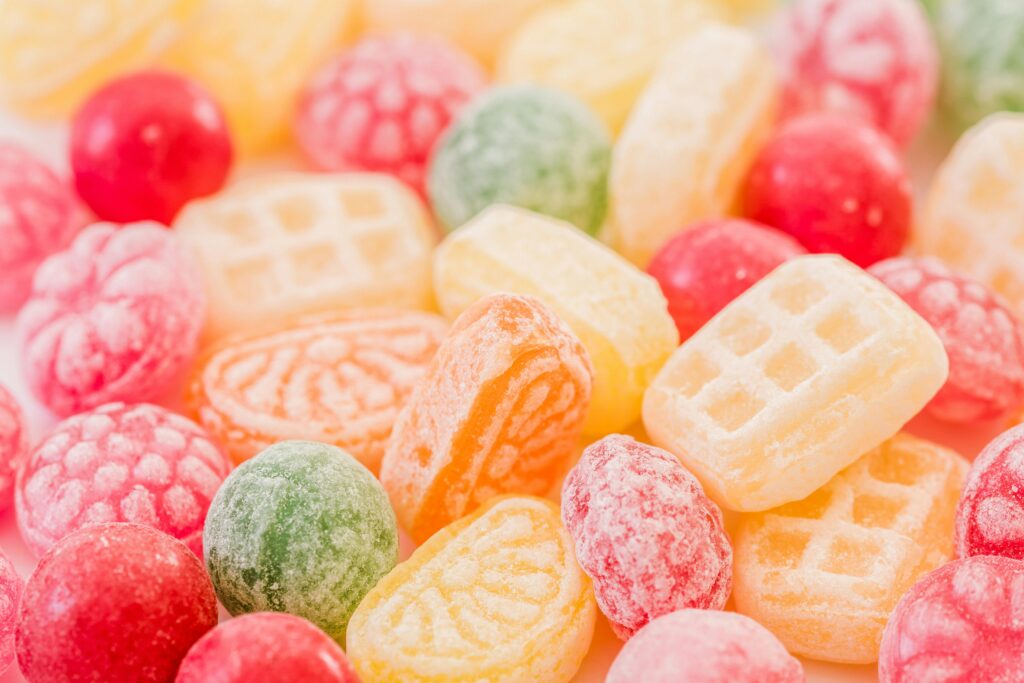
The Global Perspective: Why Europe Says “No Thanks”
Here’s something that’ll make you scratch your head: Many of the food dyes banned in Europe are still perfectly legal in the United States. Countries like Norway, Finland, and France have either banned or require warning labels for products containing artificial food colors.
| Artificial Dye | Status in Europe | Status in the USA | Common Products |
| Red Dye 40 | Warning label required | Approved | Candy, cereals, sports drinks |
| Yellow Dye 5 | Warning label required | Approved | Mac and cheese, chips |
| Yellow Dye 6 | Warning label required | Approved | Cheese crackers, beverages |
| Red Dye 3 | Banned in cosmetics | Approved in food | Maraschino cherries, candy |
This discrepancy raises an important question: if these dyes are concerning enough for European regulators to take action, why are we still consuming them without restriction?
Frequently Asked Questions: Your Burning Questions Answered
Are artificial food colors safe for children and adults?
The FDA maintains that approved artificial food colors are safe when consumed within acceptable daily intake levels. However, growing research suggests that children may be more sensitive to these compounds, and the cumulative exposure effects aren’t fully understood.
What health risks are associated with artificial food colors?
Food coloring side effects can include hyperactivity in children, allergic reactions, potential cancer risks (based on animal studies), and digestive issues. The severity and likelihood of these effects vary by individual and consumption levels.
Do artificial food colors cause cancer?
While some animal studies have shown tumor development with high doses of certain dyes, there’s no definitive proof that normal consumption levels cause cancer in humans. However, the long-term cumulative effects remain unstudied.
Can artificial food colors trigger or worsen ADHD symptoms in children?
Some studies suggest a connection between artificial food colors and increased hyperactivity in certain children, particularly those already diagnosed with ADHD. However, not all children are affected, and individual sensitivity varies.
Which artificial food colors are banned or restricted in other countries?
European Union countries require warning labels on products containing Yellow Dyes 5 and 6, Red Dye 40, and several others. Some individual countries have gone further with outright bans on certain dyes.
How can I identify artificial food colors on product labels?
Look for terms like “Red 40,” “Yellow 5,” “Blue 1,” or chemical names like “Tartrazine” and “Allura Red AC.” Food labeling and additives must be listed in the ingredients section.
What are the alternatives to artificial food colors?
Safe food coloring alternatives include natural options like beet juice (red), turmeric (yellow), spirulina (blue-green), and anthocyanins from berries (purple). These provide color without synthetic chemicals.
Are there natural food colorings that are safer than artificial ones?
Generally, yes. Natural colorings derived from fruits, vegetables, and spices are considered safer, though they may be less vibrant and stable than synthetic alternatives.
How can I reduce my family’s exposure to artificial food colors?
Focus on whole, unprocessed foods, read ingredient labels carefully, choose products specifically labeled as dye-free, and look for natural alternatives to brightly colored processed foods.
Are food dyes banned in the US?
Very few artificial food dyes are banned in the US. Red Dye 3 is banned in cosmetics but still allowed in food, and I wonder why ”what I can’t put on my face should be in my body. The FDA has approved nine artificial colors for use in food products.
Smart Shopping: Your Guide to Dye-Free Living
Reading Labels Like a Detective
Becoming a label-reading sleuth is your first line of defense against unwanted artificial colors. Here’s what to look for:
Red flags on ingredient lists:
- FD&C followed by a color and number (e.g., FD&C Red No. 40)
- Chemical names like Tartrazine, Erythrosine, or Brilliant Blue FCF
- Terms like “artificial colors” or “artificial coloring”
Green flags to celebrate:
- “No artificial colors”
- “Colored with fruit and vegetable juices”
- “Natural flavors and colors only”
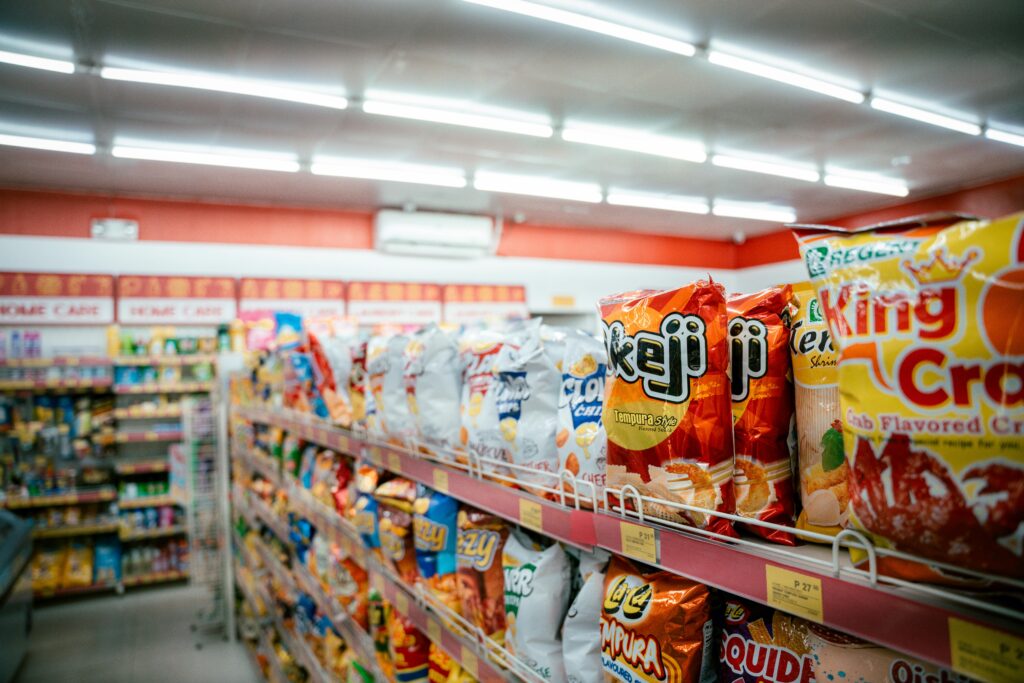
The Dye-Free Product Revolution: Top 20 Recommendations
The good news? There’s been a massive shift toward cleaner, dye-free snacks for children and adults. Here are my top picks for products that prove you don’t need artificial colors to create delicious food:
Snacks That Taste Like Food
- Terra Exotic Harvest Chips – These vegetable chips get their gorgeous colors from real vegetables, not a chemistry set.
- Annie’s Homegrown Cheddar Bunnies – Cheese crackers that are orange because of real cheese, imagine that!
- Clif Kid Z Bars – Organic snack bars sweetened with fruit instead of artificial everything.
- Bare Fruit Apple Chips – Simple, baked fruit chips with zero additives.
- Stonyfield Organic Kids Yogurt – Creamy yogurt colored with real fruit purees.
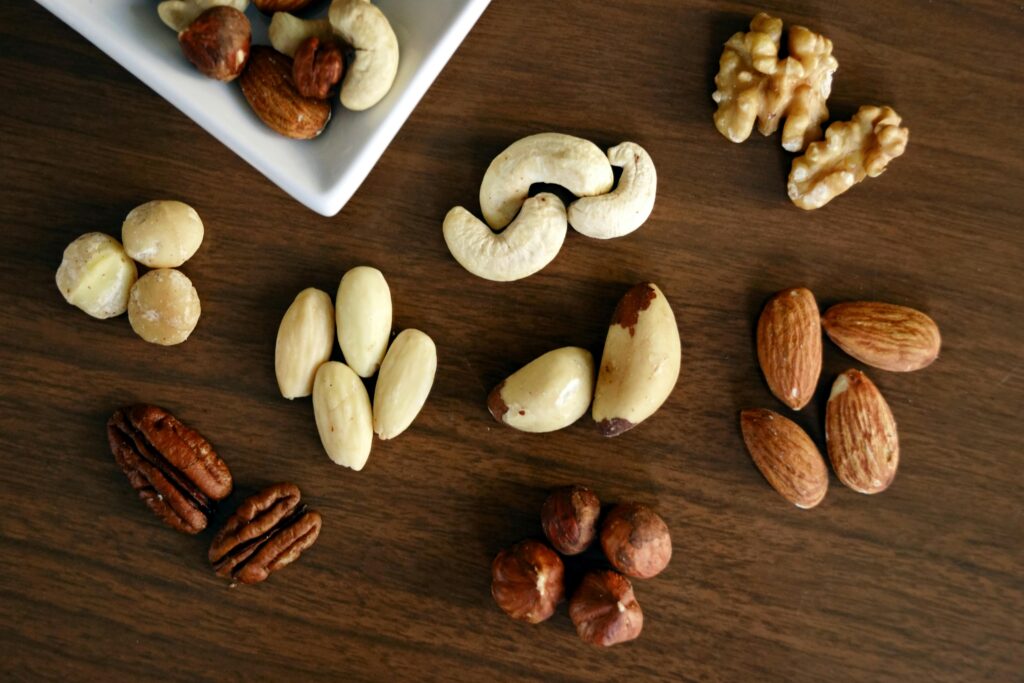
Protein-Packed Options
- Chomps Meat Sticks – Grass-fed beef sticks without the rainbow of chemicals.
- RXBAR Kids – Protein bars that list their ingredients right on the front of the package—transparency at its finest.
- That’s It Fruit Bars – Made from just fruit, nothing else. Revolutionary concept, right?
Breakfast Champions
- Nature’s Path Envirokidz Cereal – Organic cereals that prove breakfast can be colorful without being chemical.
- Purely Elizabeth Ancient Grain Granola – Granola that gets its appeal from real ingredients, not lab-created colors.
Creative Alternatives
- Snapea Crisps – Pea-based snacks that are naturally green (shocking, I know).
- Barnana Organic Chewy Banana Bites – Banana snacks that taste like, well, bananas.
- GoGo Squeeze Applesauce – Convenient pouches without the artificial rainbow.
- Simple Mills Almond Flour Crackers – Crackers made with actual food ingredients.
- Pipcorn Sea Salt Popcorn – Popcorn that doesn’t need neon colors to be delicious.
Sweet Treats Done Right
- YumEarth Organic Fruit Snacks – Gummies are colored with vegetable juice instead of synthetic dyes.
- Larabar Kids – Fruit and nut bars that prove natural can be fun.
- Siete Grain Free Tortilla Chips – Chips made from cassava that celebrate natural colors.
- Wildway Grain-Free Granola – Granola that looks good because it IS good.
- Annie’s Organic Bunny Grahams – Graham snacks that don’t need artificial colors to make kids smile.
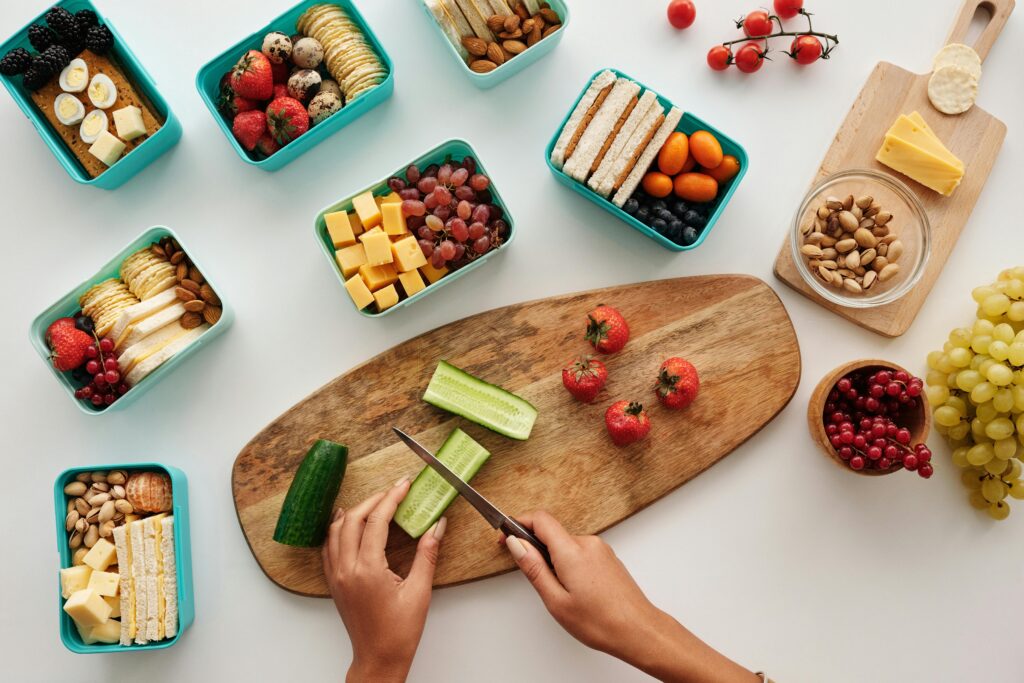
The Natural Color Revolution: Mother Nature’s Palette
Beautiful Colors, Naturally
Here’s something amazing: nature has been creating stunning colors long before chemists got involved. Natural vs. artificial food coloring isn’t just about safety—it’s about rediscovering the beauty of real food.
Nature’s color wheel includes:
- Red/Pink: Beets, strawberries, raspberries, tomatoes
- Orange: Carrots, sweet potatoes, turmeric
- Yellow: Turmeric, saffron, yellow bell peppers
- Green: Spinach, spirulina, matcha, herbs
- Blue/Purple: Blueberries, purple cabbage, butterfly pea flowers
DIY Natural Food Coloring
Want to try making your natural colors? It’s easier than you think:
Homemade Red: Blend beets with a little water, strain.
Homemade Yellow: Mix turmeric with oil or water.
Homemade Green: Blend spinach with minimal water, strain.
Homemade Purple: Boil purple cabbage, and use the water
The Future of Food: Policy Changes on the Horizon
With growing awareness about food additives and children’s health, we’re seeing momentum for change. Robert F. Kennedy Jr.’s proposed food policies specifically target artificial food colors, calling for their removal from school lunches and increased transparency in food labeling.
This isn’t just about individual choice anymore—it’s about creating a food system that prioritizes health over artificial enhancement. The Make America Healthy Again (MAHA) movement is pushing for policies that would bring U.S. food standards closer to European levels.
What This Means for You
Change is coming, but you don’t have to wait for policy shifts to protect your family. By making informed choices today, you’re voting with your wallet for a healthier food system.
Special Considerations: Kids, Teens, and Artificial Colors
The Developing Brain Factor
Children’s developing brains may be more susceptible to the effects of artificial food colors. Their smaller body size means they get higher concentrations of these chemicals per pound of body weight, and their metabolic systems are still learning how to process these foreign compounds.
Signs your child might be sensitive to artificial colors:
- Hyperactivity after eating brightly colored foods
- Difficulty sleeping after consuming dyed products
- Increased irritability or mood swings
- Complaints of headaches or stomach aches
Teen Health and Food Choices
Teenagers often consume the most artificially colored products—think energy drinks, candy, and processed snacks. This demographic is particularly vulnerable because they’re consuming high quantities during crucial developmental years.
Making the Switch: A Practical Transition Guide
Week 1: Awareness Phase
- Start reading ingredient labels
- Identify which products in your pantry contain artificial colors
- Don’t throw everything away yet—just become aware
Week 2: Gradual Replacement
- Replace one artificially colored product with a natural alternative
- Try making homemade versions of your favorite colored foods
- Involve kids in the process—make it fun, not restrictive
Week 3: Full Transition
- Shop the perimeter of the grocery store (where whole foods live)
- Stock up on dye-free cereal options and snacks
- Experiment with natural coloring in homemade treats
Week 4: New Habits
- Notice how your family feels with reduced artificial color consumption
- Share your experience with friends and family
- Continue discovering new natural products
The Economic Reality: Cost vs. Health
Let’s be honest, natural and organic products often cost more than their artificially enhanced counterparts. But here’s how I think about it: you’re either going to pay now for better food, or you might pay later for health consequences.
Money-saving tips for cleaner eating:
- Buy generic organic brands when available
- Purchase in bulk from stores like Costco
- Make homemade versions of processed favorites
- Focus on whole foods that don’t need coloring
Conclusion: Your Health, Your Choice
The world of artificial food colors is complex, controversial, and constantly evolving. While we may not have all the answers about long-term health effects, we do have enough information to make informed choices about what we put in our bodies.
The beauty of this moment in food history is that we have options. We can choose products that celebrate natural colors and flavors, or we can continue consuming synthetic alternatives. We can wait for policy changes, or we can start making changes in our kitchens today.
I’ve learned that the most vibrant, appealing foods often come in their natural colors: the deep red of a ripe strawberry, the bright orange of a carrot, the rich green of fresh spinach. These colors tell a story of nutrition, not chemistry.
Your family’s health is worth more than the convenience of grabbing the brightest box on the shelf. Start small, read labels, ask questions, and remember that every purchase is a vote for the kind of food system you want to support.
What’s your next step?
Maybe it’s swapping out that artificially colored cereal for a natural alternative, or perhaps it’s trying your hand at making naturally colored treats with your kids. Whatever you choose, you’re taking control of your health story—and that’s something worth celebrating.
Ready to make the switch to cleaner eating? Start with one product swap this week and share your experience in the comments below. What artificial color will you say goodbye to first?
Sources and Further Reading:




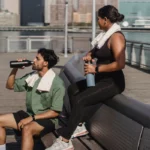
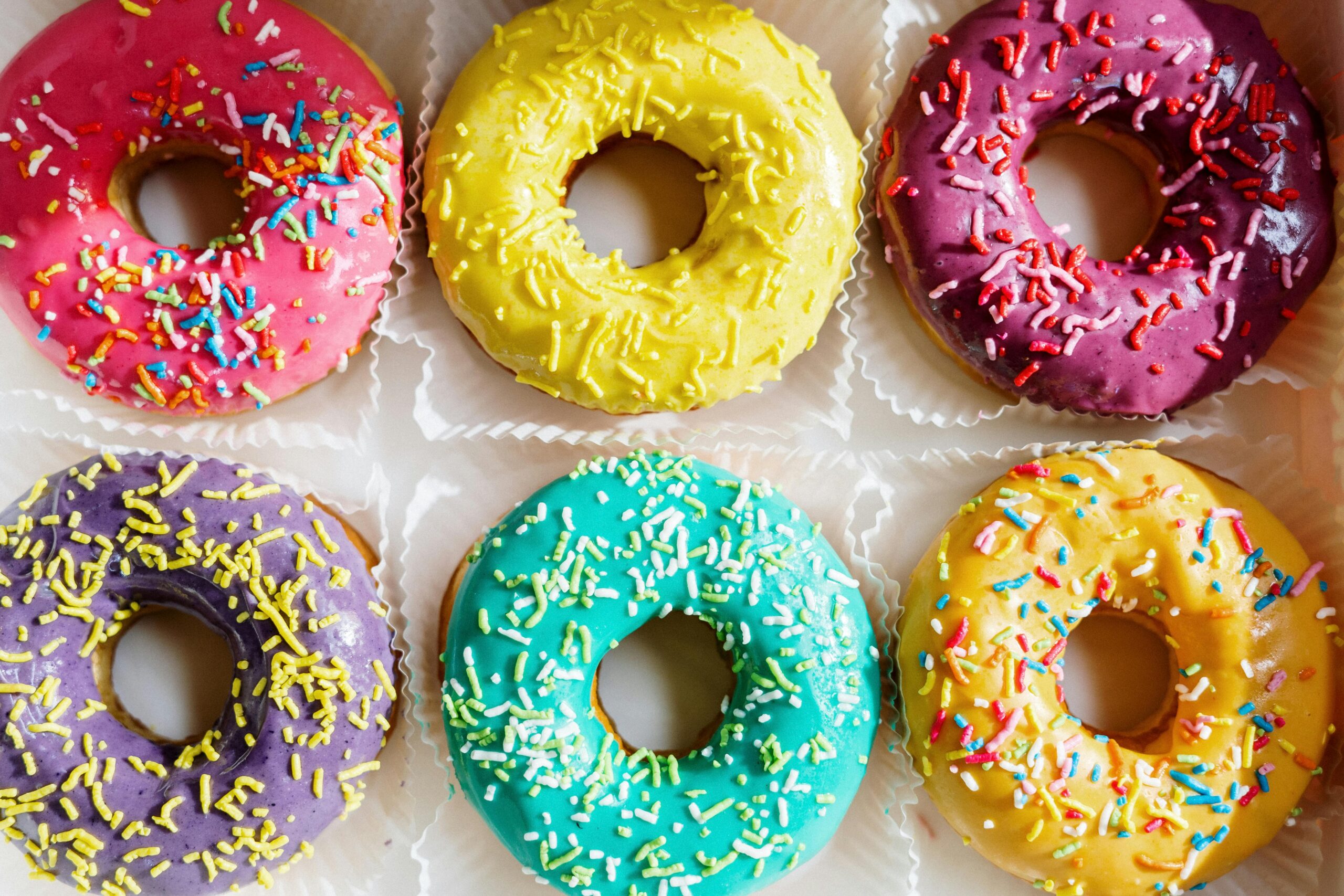
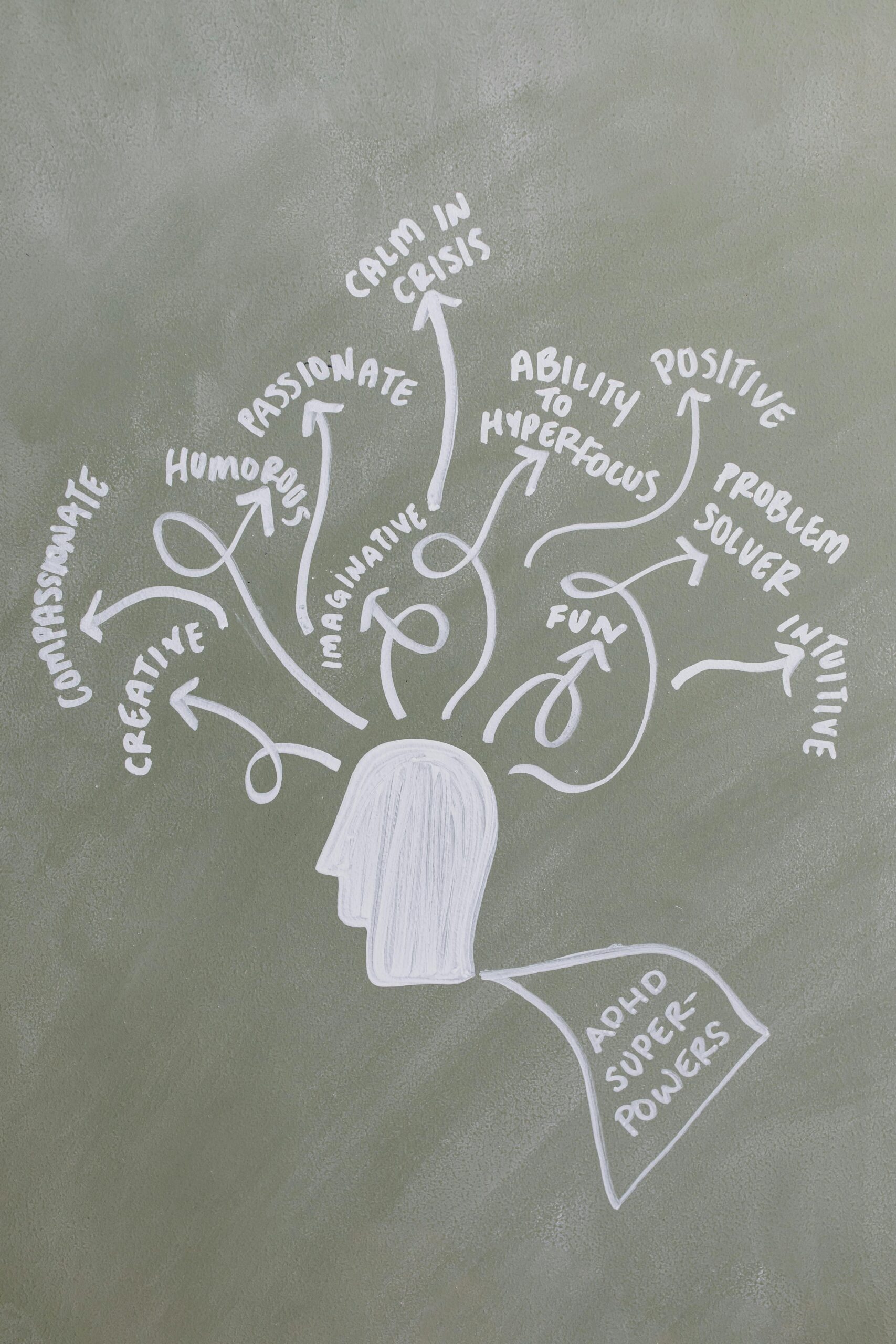

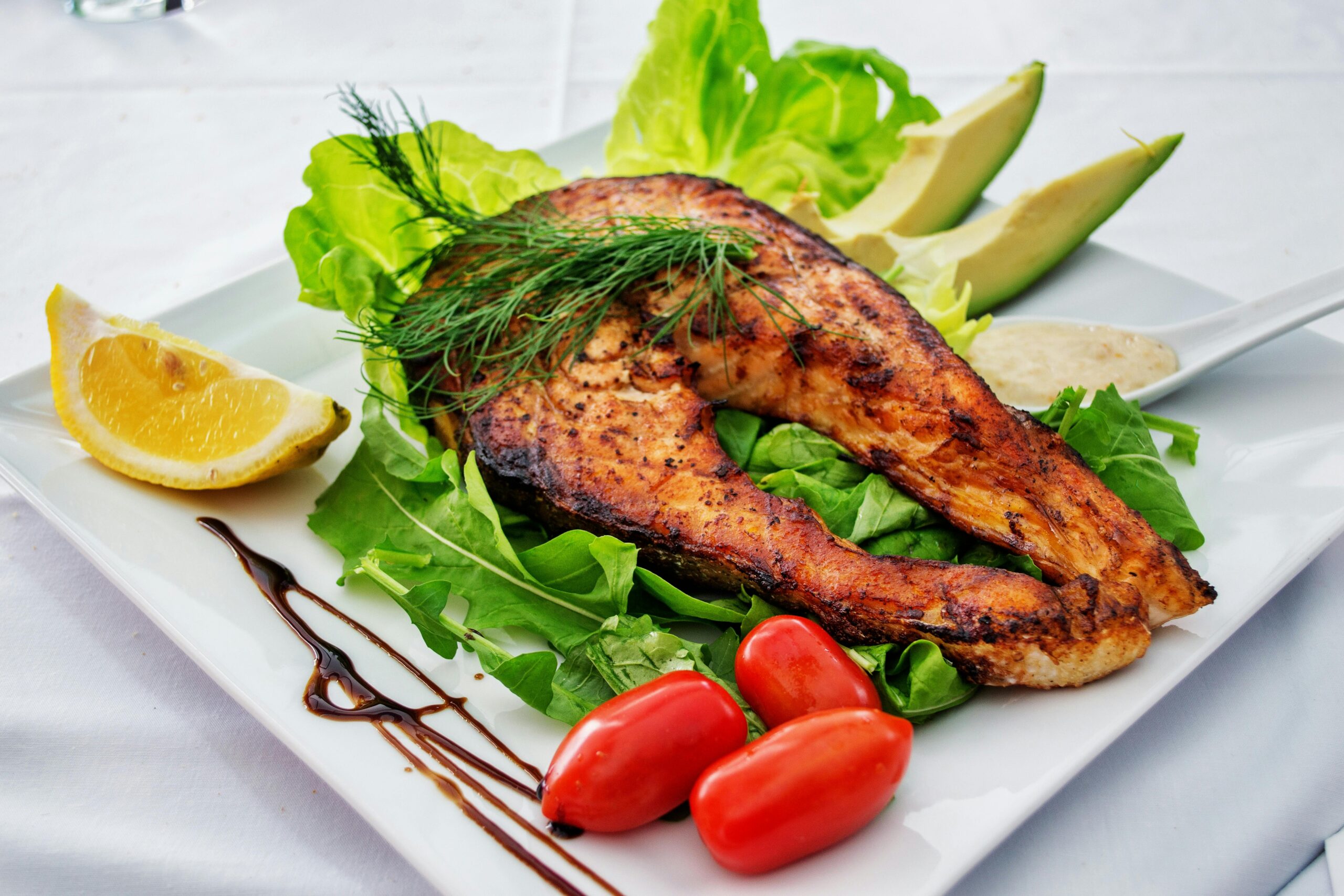
This really hits home for me as a mom! I sometimes use food coloring to make meals or treats more fun and appealing for my toddler, especially during picky eating phases. Reading about the possible connection between artificial colors and things like hyperactivity, mood swings, and even sleep disturbances really makes me pause.
The part about the Southampton Study and how some countries even require warning labels is eye-opening. And honestly, the mention of Red Dye 40 and cancer risks—even if the studies were on high doses—is pretty unsettling.
It’s a bit overwhelming when I think about how common these dyes are in everyday products. Thank you for this valuable information.
Thank you, Alice, for your contribution
The studies linking artificial dyes to increased hyperactivity in sensitive children are concerning—especially since these additives hide in unexpected places like toothpaste and medicines. Your breakdown of the “FDA approval loophole” (where grandfathered colors avoid modern testing) explains why regulation lags behind research.
The natural alternatives list is practical, though I imagine the color stability challenges for manufacturers are significant. Have you found certain products (like yogurts or snacks) easier to reformulate than others?
This is the clearest case I’ve seen for why “generally recognized as safe” doesn’t equal “risk-free.”
You are right, come to think, the health industry will approve some of these is sickening. With the push back on our production section, it is bitter to say the food dye might not be 100% eliminated, especially in snacks.
What a powerful and well-researched piece. The section on ADHD and behavioral effects really resonated. I liked how the blog didn’t just stop at problems but offered real, actionable solutions. The “week-by-week transition guide” makes change feel manageable instead of overwhelming. What would you say is the hardest product to replace with a dye-free version?
Thank you, Rob, for your contribution. In my opinion, blue food dye . While other colors also pose challenges when switching to natural alternatives, blue is often cited as being particularly problematic due to the scarcity of viable natural sources